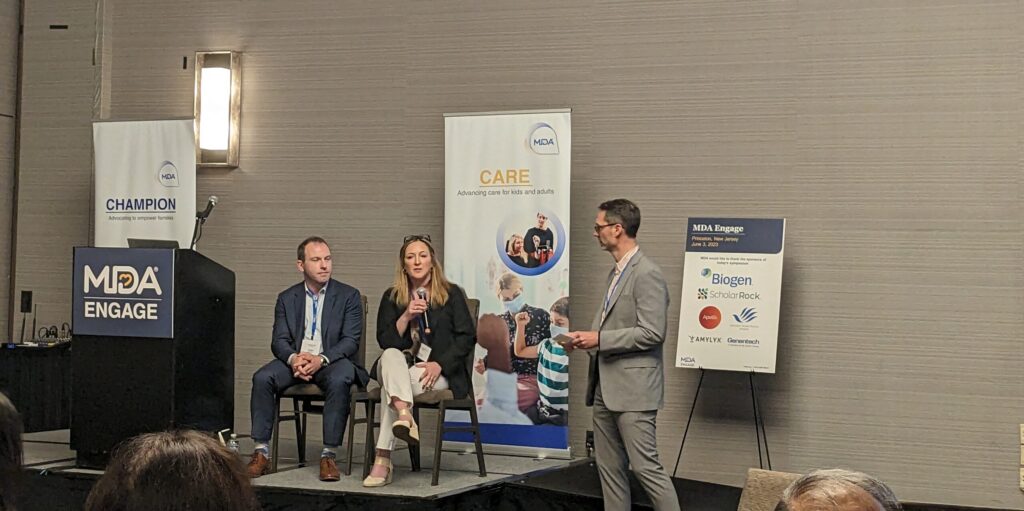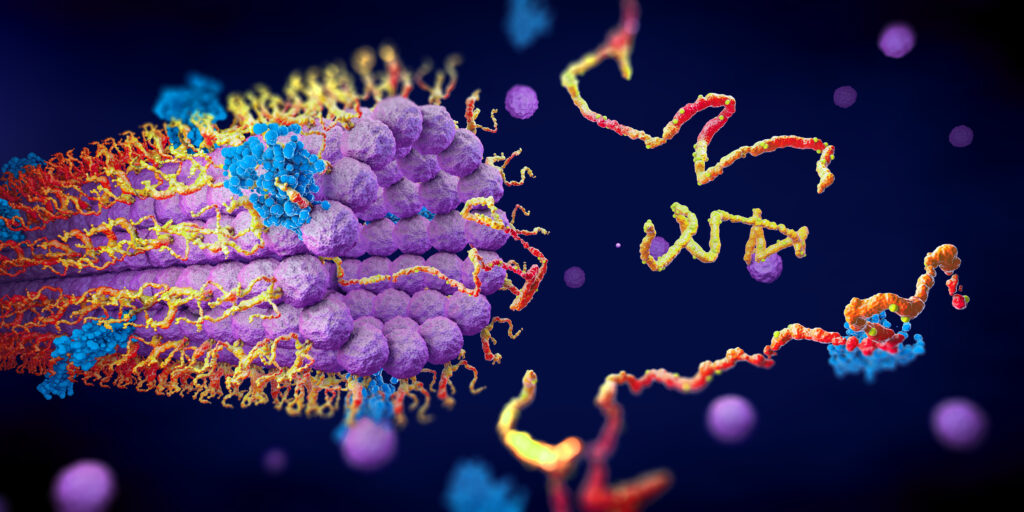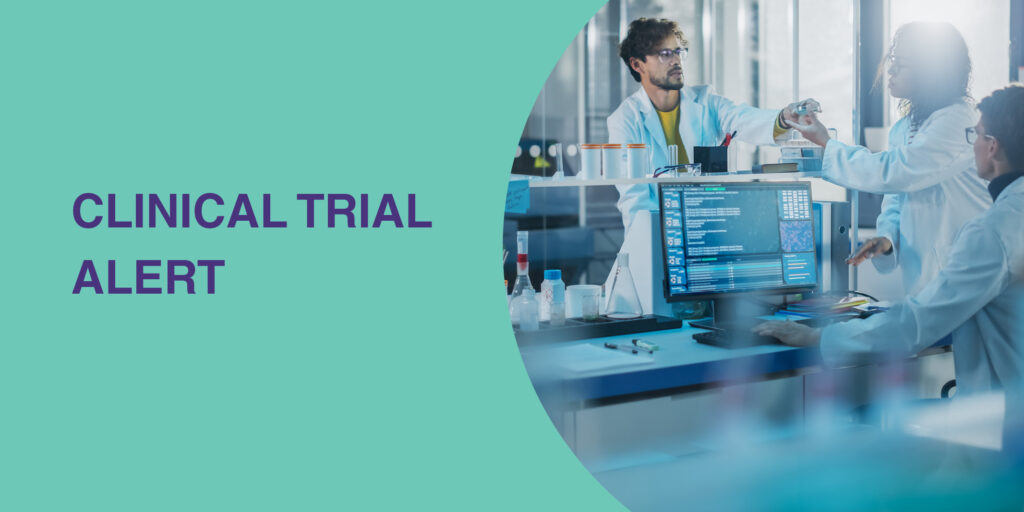
The Value of Natural History Studies for Neuromuscular Disease
By Sujatha Gurunathan | Thursday, May 4, 2023
In order to prepare for drug development in the neuromuscular disease (NMD) field, some researchers are focusing on natural history studies to better understand these rare diseases. Natural history studies are observational in nature, which means that they do not involve an intervention such as testing a new medicine or device. Rather, they are designed to track the natural course of a disease either in untreated people with NMDs or people with NMDs who are receiving the current standard of care.
Understanding rare diseases
Rare diseases, including many NMDs, are defined as conditions that affect fewer than 200,000 people. These diseases are poorly understood, in part because clinicians rarely encounter people affected by them. Natural history studies can help shed light on the signs, symptoms, and course of rare diseases by aggregating clinical information from a relatively large population of affected people. This information may include age, genetic factors, physical signs or symptoms of disease, clinical or laboratory testing results, imaging results, and quality of life measures over a specific period of time. Analysis of these data can help to identify early signs of the disease, define the rate of disease progression, and identify disease complications that people may experience. It may also uncover disease subtypes, which can present with different symptoms and/or rates of progression.
Use in drug development and clinical testing
To design new therapeutics and conduct meaningful clinical trials (CT), comprehensive knowledge of a disease is required. Therefore, information-gathering from natural history studies can be especially valuable for drug development and CT design in the rare disease space. By collecting granular and descriptive data from people with rare diseases, natural history studies can help to identify potential drug targets and inform the development of new treatment, as well as identify populations that may be eligible to participate in CTs.
Importantly, these studies may also help to identify measures that can be used to monitor disease progression in CTs. New biomarkers defined in natural history studies may be used to monitor the health of biological pathways and/or progression of disease and clinical outcome measures validated by these studies may be used to monitor how a person affected by disease feels, functions, or survives.
Finally, natural history studies can also provide comparative data that can be used in CTs. Baseline measurements established in natural history studies may be used to compare effectiveness of potential treatments against the natural progression of the disease. Furthermore, data from natural history studies may be used as an “external” control when the low number of available participants makes it impossible to designate a placebo control group.
Benefits for patient care
Beyond a role in drug development, natural history studies may also benefit care of people with NMDs. The centers that conduct such studies often build up knowledge and expertise that qualify them as disease-specific centers of excellence. Furthermore, the findings of natural history studies can help to understand and evaluate the current standard-of-care practices, and to determine if new management practices or guidelines are needed to improve patient care.
Natural history studies vs. patient registries
Natural history studies are sometimes confused with patient registries because these programs have some commonalities. Like a natural history study, a patient registry collects medical information about people with a particular disease. Patient registries are designed to store and disseminate this information for research purposes and can be an important resource during drug development. The scope of patient registries, however, tends to be broader than that of natural history studies. Natural history studies have the specific goal of tracking disease progression over time, incorporating clinically relevant measures such as levels of disease biomarkers and measures of muscle mass and function. It is worth noting that some patient registries may also function as natural history studies, depending on the type and breadth of information that they collect.
NMD natural history studies
Natural history studies have previously been employed in several NMDs, including Duchenne muscular dystrophy (DMD) and spinal muscular atrophy (SMA), and have provided data on the cause, duration, and outcome of these conditions, along with insights about the benefits of standard-of-care treatments. The Cooperative International Neuromuscular Research Group (CINRG) Duchenne Natural History Study (DNHS) is the largest prospective (forward-looking) natural history study performed in DMD to date. This study recruited 440 people with DMD, aged 2–28 years, from 20 centers in 9 countries, and followed them for up to 10 years. The majority of affected people (66%) were ambulatory (able to walk) at the first study visit, and most (87%) received glucocorticoid (steroid) therapy during follow-up visits.
An in-depth resource to learn more about the use of natural history studies in the rare disease space can be found here.
Enrolling NMD natural history studies
There are currently dozens of natural history studies for NMDs that are recruiting or enrolling participants in the United States (US). These include, but are not limited to, the following studies:
ALS
| Study Title | Locations |
| Clinical Manifestations and Biomarkers in Amyotrophic Lateral Sclerosis Type 4 and Other Inherited Neurological Disorders of RNA Processing |
|
| The Pre-symptomatic Familial Amyotrophic Lateral Sclerosis (Pre-fALS) Study |
|
| Clinical Research in ALS Study |
|
| Phenotype, Genotype & Biomarkers in ALS and Related Disorders |
|
|
|
|
Charcot Marie Tooth disease
| Study Title | Locations |
| Natural History Evaluation of Charcot Marie Tooth Disease (CMT) Types CMT1B, CMT2A, CMT4A, CMT4C, and Others |
|
| Development of Charcot Marie Tooth Disease (CMT) Pediatric Scale for Children With CMT |
|
Duchenne/Becker muscular dystrophy (DMD/BMD)
| Study Title | Locations |
| Magnetic Resonance Imaging and Biomarkers for Muscular Dystrophy |
|
| Defining Endpoints in Becker Muscular Dystrophy |
|
Idiopathic inflammatory myopathies
| Study Title | Locations |
| Adult and Juvenile Myositis |
|
| Study and Treatment of Inflammatory Muscle Diseases |
|
| Sporadic Inclusion Body Myositis Natural History Study |
|
| Studies of the Natural History, Pathogenesis, and Outcome of Autoinflammatory Diseases Including Juvenile Dermatomyositis |
|
| Environmental Risk Factors for the Anti-synthetase Syndrome |
|
Limb-girdle muscular dystrophy (LGMD)
| Study Title | Locations |
| Natural History of Limb Girdle Muscular Dystrophy Type 2A and Type 2E |
|
| A Study of the Natural History of Participants With LGMD2E/R4, LGMD2D/R3, and LGMD2C/R5, ≥ 4 Years of Age, Who Are Managed in Routine Clinical Practice |
|
| Limb Girdle Muscular Dystrophy Type 2E Recruitment Study |
|
| Defining Clinical Endpoints in Limb Girdle Muscular Dystrophy (LGMD) |
|
Mitochondrial disease
| Study Title | Locations |
| The Natural History Study of Mitochondrial NeuroGastroIntestinal Encephalopathy (MNGIE) |
|
| The International Registry for Leigh Syndrome |
|
| Mitochondrial Myopathy Rating Scale |
|
Motor neuron disease
| Study Title | Locations |
| Electrical Impedance Myography: Natural History Studies inNeuromuscular Disorders and Healthy Volunteers |
|
| Study of Inherited Neurological Disorders |
|
Myopathy
| Study Title | Locations |
| A Natural History Study of Patients With GNE Myopathy and GNE-Related Diseases |
|
| Genetic and Physical Study of Childhood Nerve and Muscle Disorders |
|
Myotonic dystrophy
| Study Title | Locations |
| Trial Readiness and Endpoint Assessment in Congenital Myotonic Dystrophy |
|
| Establishing Biomarkers and Clinical Endpoints in Myotonic Dystrophy Type 1 (END-DM1) |
|
Spinal muscular atrophy (SMA)
| Study Title | Locations |
| Clinical, Molecular and Imaging Biomarkers in Spinal and Bulbar Muscular Atrophy (SBMA) |
|
To learn more about these natural history studies or to identify additional study opportunities, visit clinicaltrials.gov, and use the search boxes to indicate the condition or disease and the type of study (e.g., natural history or observational).
MDA’s work to further natural history studies for NMDs
MDA is committed to furthering research in and therapeutic development for NMDs, including through support of natural history studies. Two ways in which MDA supports these studies are through the funding of (1) research grants, which are given to established investigators to study NMDs and help develop treatments and (2) clinical research network grants (CRNG), which are designed to create a network and infrastructure to promote and accelerate clinical research. Recent MDA-funded grants for natural history studies or related infrastructure include:
Advancing clinical trial readiness in TRPV4 neuropathy (2022-2025)
Dr. Brett McCray, Johns Hopkins University School of Medicine
Charcot-Marie-Tooth disease (CMT) encompasses a group of inherited conditions that cause symptoms of progressive weakness and loss of sensation. CMT is the most common inherited neurological condition worldwide, but there are currently no available treatments to slow progression of any forms of this disease. A subtype of CMT, known as CMT type 2C (CMT2C), is caused by defects in TRPV4, a protein that can open or close to allow calcium to enter cells. The natural progression of CMT2C and readouts of disease progression are not well defined. This project will define markers of disease severity and progression in people with CMT2C, in order to prepare for clinical trials and ultimately establish a treatment.
Inherited Neuropathy Consortium (2022-2025)
Dr. Michael Shy, The University of Iowa
This research consortium is dedicated to developing the infrastructure necessary to evaluate therapies for patients with CMT disease. The investigators in this consortium have developed CMT specific clinical outcome assessments to measure the effects of CMT on adults and children and have identified markers of disease severity in blood, from skin biopsies and also by MRI imaging of muscles.
Muscular Dystrophy Clinical Trial Research Network (2022-2025)
Dr. Jeffrey Statland, University of Kansas Medical Center Research Institute, Inc.
This clinical trial research network is designed to hasten therapeutic development for various muscular dystrophies (MD). The network consists of 15 core US centers, bringing together national leaders in MD research and advancing patient care by providing standardized training and online resources to the next generation of MD researchers. The goal is to work with patients and family members, industry, academics, and drug companies to overcome lingering barriers to drug development. This work will include carrying out trial preparedness studies to validate better biomarkers and clinical outcome assessments for drug approval.
Next Steps and Useful Resources
- An in-depth resource to learn more about the use of natural history studies in the rare disease space can be found here
- To learn more about these natural history studies or to identify additional study opportunities, visit clinicaltrials.gov
- MDA’s Resource Center provides support, guidance, and resources for patients and families, including information about rare diseases, open clinical trials, and other services. Contact the MDA Resource Center at 1-833-ASK-MDA1 or ResourceCenter@mdausa.org
- Stay up-to-date on Quest content! Subscribe to Quest Magazine and Newsletter.
TAGS: Clinical Trials, Drug Development, Innovation, Research, Research Advances, Resources
TYPE: Blog Post
Disclaimer: No content on this site should ever be used as a substitute for direct medical advice from your doctor or other qualified clinician.




